Sexuality Today 11th Edition by Kelly – Test Bank
Chapter 5: Developmental and Social Perspectives on Gender
Multiple Choice
1. A female pseudohermaphrodite possesses
a. female external genitalia, but male internal structures.
b. one ovary and one testis.
c. two ovaries and some male genitals but no testes.
d. two testes and some female genitals but no ovaries.
Answer: c
Type: Factual
Page 96
2. The terms berdache and hijra refer to
a. gender roles for a “third sex” recognized in particular societies.
b. individuals in various societies who have a same-sex sexual orientation.
c. malformed genitalia in newborn infants.
d. women who choose to live as males in their respective societies.
Answer: a
Type: Conceptual
Page 96
3. Which of the following best describes the traditional view of intersexuality in modern Western culture?
a. Modern Western culture generally has welcomed intersexed individuals and created a special social role for them.
b. Modern Western culture has generally embraced a one-sex model in which both females and intersexed individuals are considered less developed versions of males.
c. Modern Western culture has tended to view intersexuality as a biological accident or disease.
d. Unlike many other cultures, modern Western culture generally has been unconcerned with gender roles and the sexual categorization of individuals and so has not recognized intersexuality.
Answer: c
Type: Conceptual
Page 97
4. A person’s genetic sex is determined
a. at birth.
b. at conception.
c. during gestation.
d. during the fetal period.
Answer: b
Type: Factual
Page 98
5. At birth, people are usually categorized on the basis of
a. body sex.
b. brain sex.
c. genetic sex.
d. social sex.
Answer: a
Type: Factual
Page 98
6. Anatomical structures at birth define a person’s
a. body sex.
b. gender identity.
c. gender role.
d. sexual orientation.
Answer: a
Type: Conceptual
Page 98
7. Robin feels deep inside herself that she is female. In other words, she has a clear sense of her
a. brain sex.
b. gender identity.
c. gender role.
d. secondary sex characteristics.
Answer: b
Type: Applied
Page 97
8. Chris wears clothes and acts in ways identified as feminine in her society. Such behavior is one aspect of
a. brain sex.
b. gender identity.
c. gender role.
d. sexual orientation.
Answer: c
Type: Applied
Page 97
9. The process by which an embryo or fetus develops into a male, female, or intersexual organism is called
a. gender identity development.
b. gender role adherence.
c. ongoing socialization.
d. sexual differentiation.
Answer: d
Type: Factual
Page: 99
10. Sexual differentiation is determined
a. at birth by external genital structures.
b. at puberty by hormones secreted by the gonads.
c. before birth by the chromosomes.
d. by an interaction of biological, sociocultural, and psychological factors.
Answer: d
Type: Conceptual
Page 99
11. If an individual has at least one X chromosome, that individual
a. cannot be a boy.
b. might be a boy.
c. must be a boy.
d. must be a girl.
Answer: b
Type: Conceptual
Page 99-100



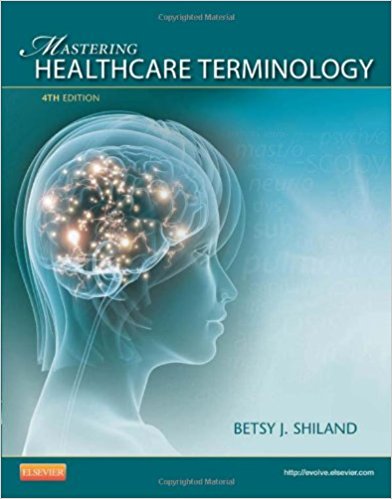


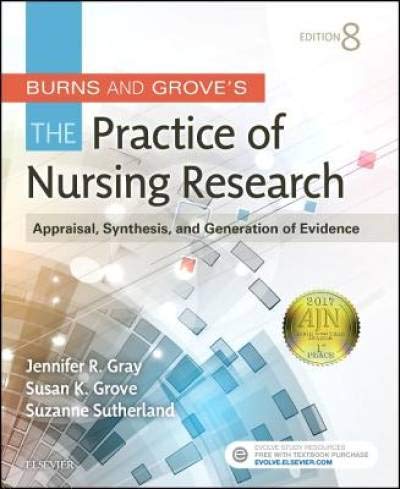
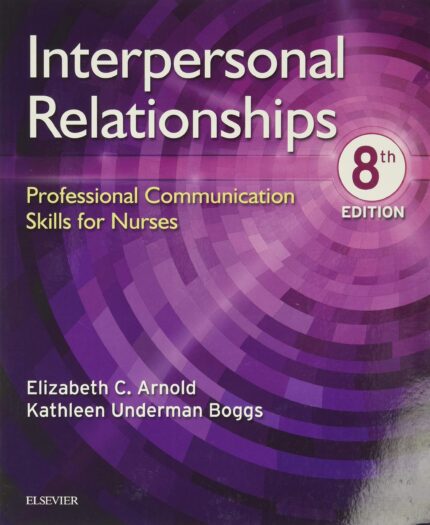
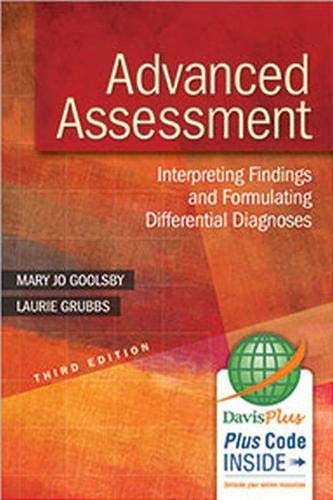
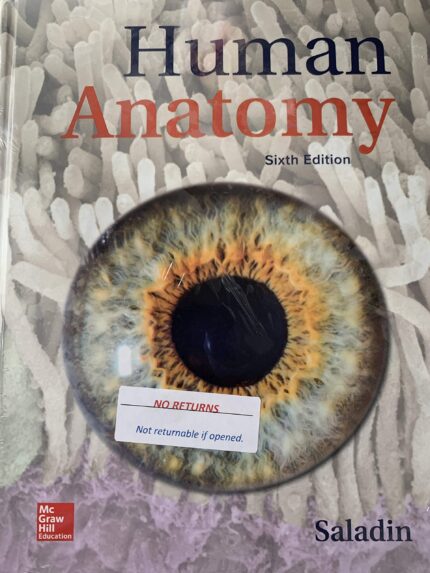


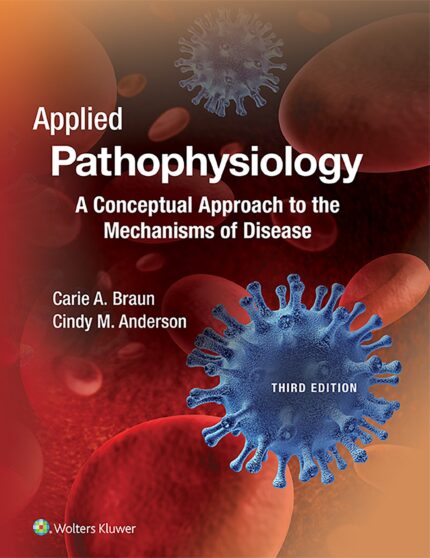

Reviews
There are no reviews yet.